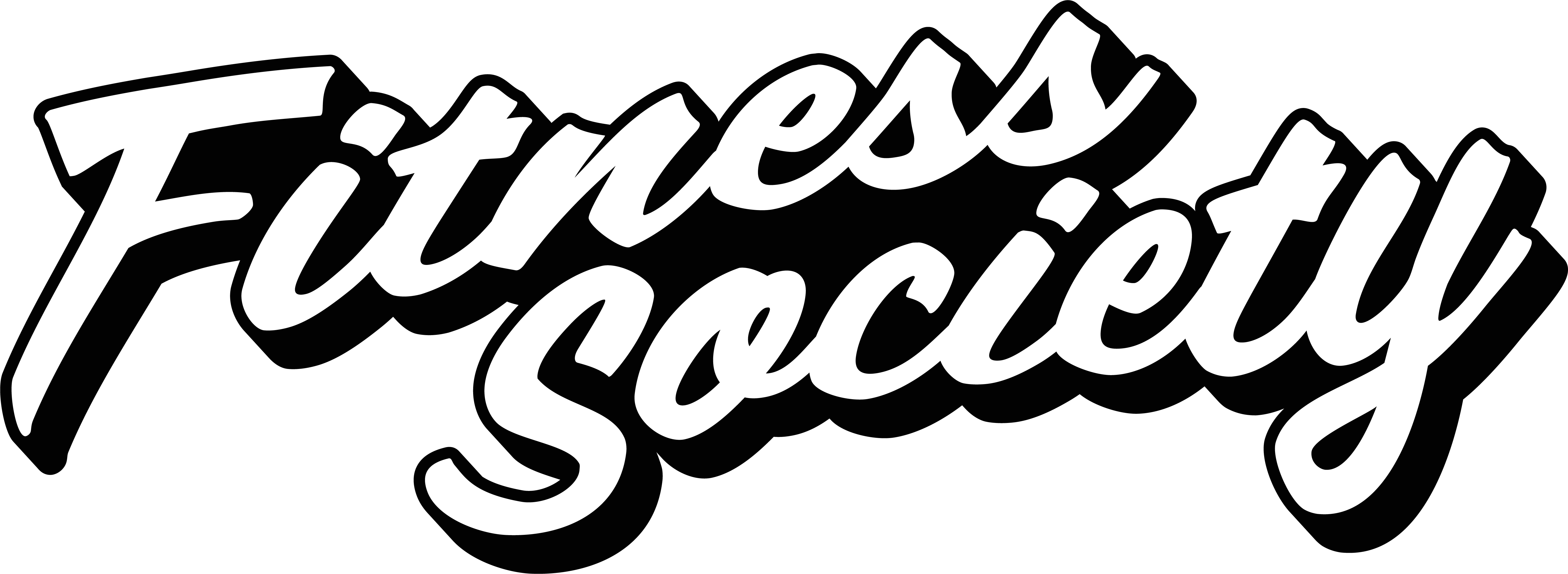
Can Running Build Muscle
Running is one of the most popular forms of cardiovascular exercise in the world. It’s accessible, requires minimal equipment, and provides a host of health benefits ranging from improved heart health to increased stamina. But many fitness enthusiasts often ask the question: can running build muscle? While running is typically associated with endurance training and calorie burning, the truth is that, under certain conditions, running can indeed contribute to muscle growth and definition—especially in the lower body.
Understanding how running interacts with muscle physiology requires a look at the type of running you do, your nutrition, and your overall training plan. The body responds differently to sprint intervals, hill runs, and long-distance endurance sessions, and that response determines how much muscle you gain, maintain, or lose.

How Running Stimulates Muscle Growth
To answer the question “can running build muscle,” it’s important to understand that muscle growth occurs when muscle fibers experience stress or tension significant enough to cause small tears. The repair process that follows makes the muscle stronger and larger over time. Sprinting and hill running, in particular, create explosive force in the muscles, which stimulates growth in the quadriceps, hamstrings, glutes, and calves.
This doesn’t mean you’ll gain muscle mass the same way you would from heavy resistance training, but these forms of running can increase muscle fiber density and improve overall muscular endurance. For individuals who combine running with strength training, the muscle-building effects are even more noticeable.
The Role of Nutrition
Nutrition plays a critical role in answering the question: can running build muscle? Muscle growth requires adequate protein intake to repair and build fibers after intense workouts. Without sufficient protein, your body may struggle to recover, and you risk losing muscle mass over time.
Runners aiming to build muscle should focus on high-quality protein sources like whey protein isolate, lean meats, eggs, and plant-based proteins. You can explore options in our Wellness Collection to support recovery and overall health. Carbohydrates are also essential for replenishing glycogen stores, which fuel your muscles during both sprint and endurance training.

How the Fitness Society Run Club Helps
At Fitness Society, we encourage members to combine the best of endurance and strength training for well-rounded results. Our Run Club, held every Monday, is designed for runners of all levels who want to improve cardiovascular fitness while also working toward strength goals. Structured runs with varied paces, hill sprints, and strength-focused exercises help bridge the gap between endurance and muscle development.
Joining a community like the Fitness Society Run Club also provides the motivation and consistency that’s often the difference between modest and impressive results. The camaraderie, coaching, and shared goals make it easier to stay committed to a balanced program.
Types of Running That Build Muscle
Not all running contributes equally to muscle growth. Sprint intervals, tempo runs, and hill sprints create the highest level of muscular engagement. Here’s how:
- Sprint Intervals: Short bursts of maximum effort with rest in between stimulate fast-twitch muscle fibers, which are responsible for explosive strength and power.
- Hill Sprints: Running uphill adds resistance and forces greater activation in the glutes, hamstrings, and calves.
- Weighted Sprints: Adding a weighted vest or resistance parachute can increase the muscle-building stimulus, though these should be done with proper technique.
In contrast, steady-state long-distance running primarily targets slow-twitch fibers, improving endurance but offering less direct stimulus for muscle growth.

Balancing Running and Strength Training
If your goal is to build muscle while running, you’ll see the best results by combining your runs with targeted strength training sessions. Resistance training exercises like squats, lunges, and deadlifts directly strengthen the muscles used in running and create the foundation for more powerful strides.
By alternating running days with resistance training days, you reduce the risk of overtraining and give your muscles the necessary time to recover and grow. Adequate rest is just as important as the workouts themselves when trying to build muscle.
Recovery and Supplement Support
Building muscle from running isn’t just about the workout—it’s about how you recover. Sleep, hydration, and recovery-focused nutrition all influence results. Supplements such as branched-chain amino acids (BCAAs), creatine, and joint-support formulas can enhance recovery, especially if you’re increasing training volume or intensity.
Explore recovery options in our Wellness Collection to ensure your body gets the nutrients it needs to adapt to the training demands you place on it.

Conclusion: Can Running Build Muscle
So, can running build muscle? Yes—especially when paired with the right type of training, nutrition, and recovery plan. Sprint intervals, hill work, and strength training can lead to noticeable increases in muscle tone and performance. Long-distance endurance runs, while great for cardiovascular health, are less effective for building size but still play a role in overall fitness.
If you’re ready to combine the benefits of running with a structured approach to strength, join the Fitness Society Run Club on Mondays in Melbourne, FL and see how the right training mix can transform your body and performance rather you are just starting out or want to challenge yourself.

